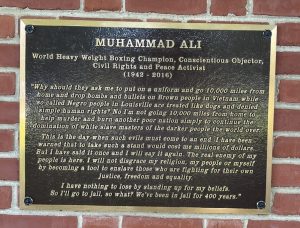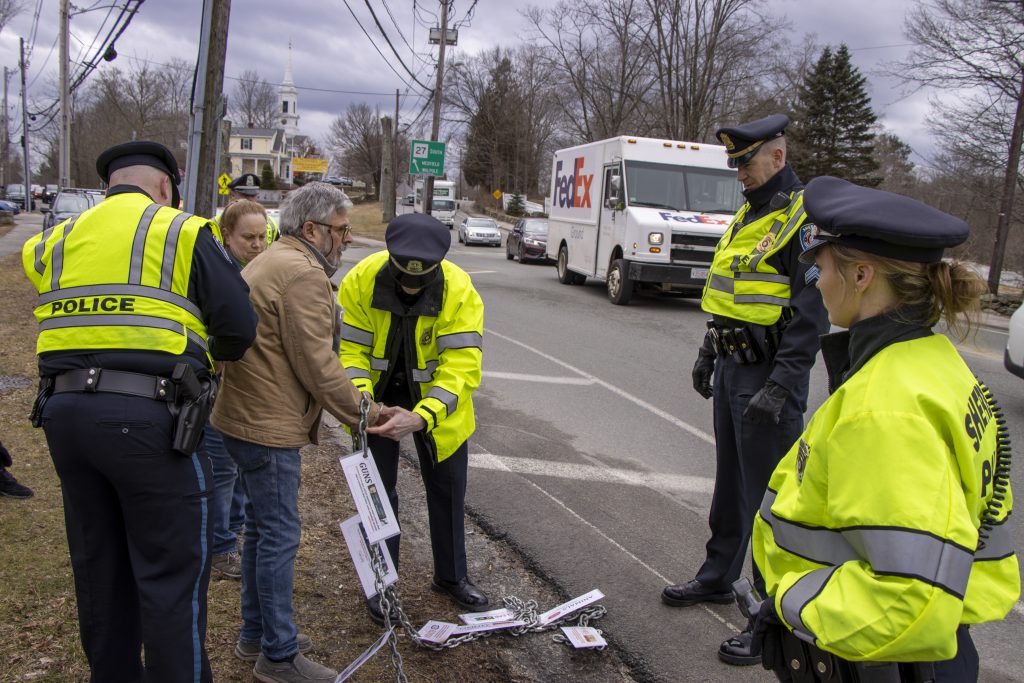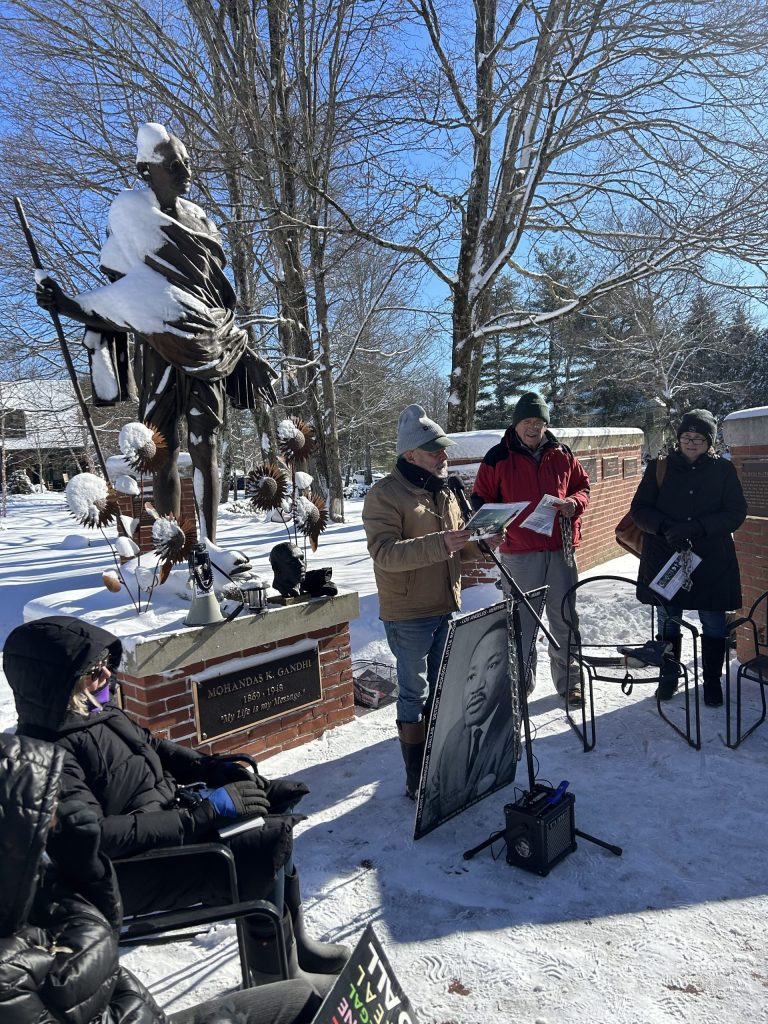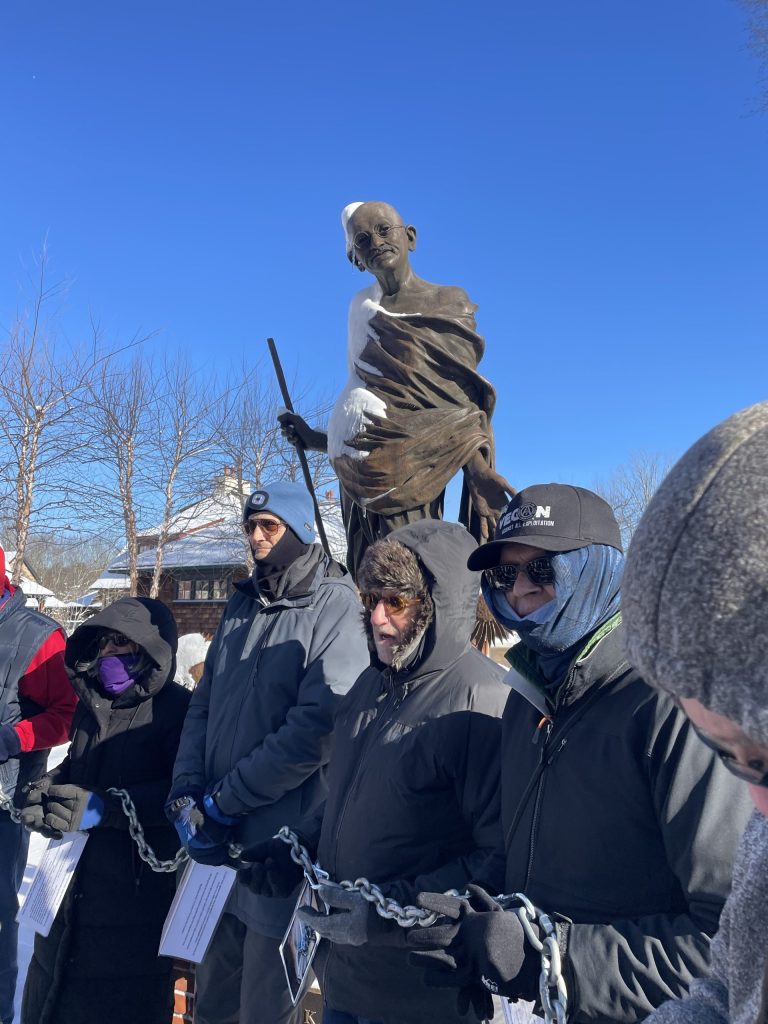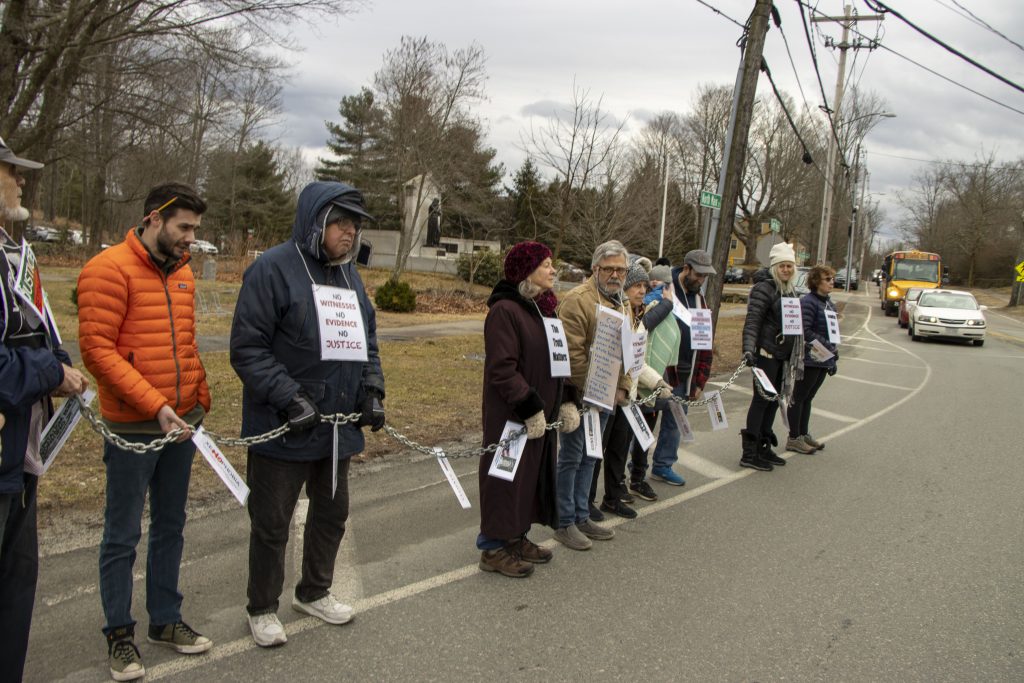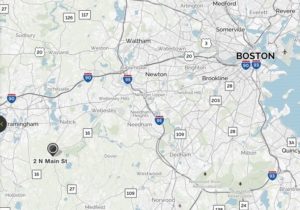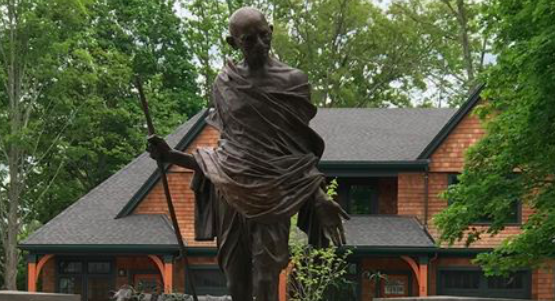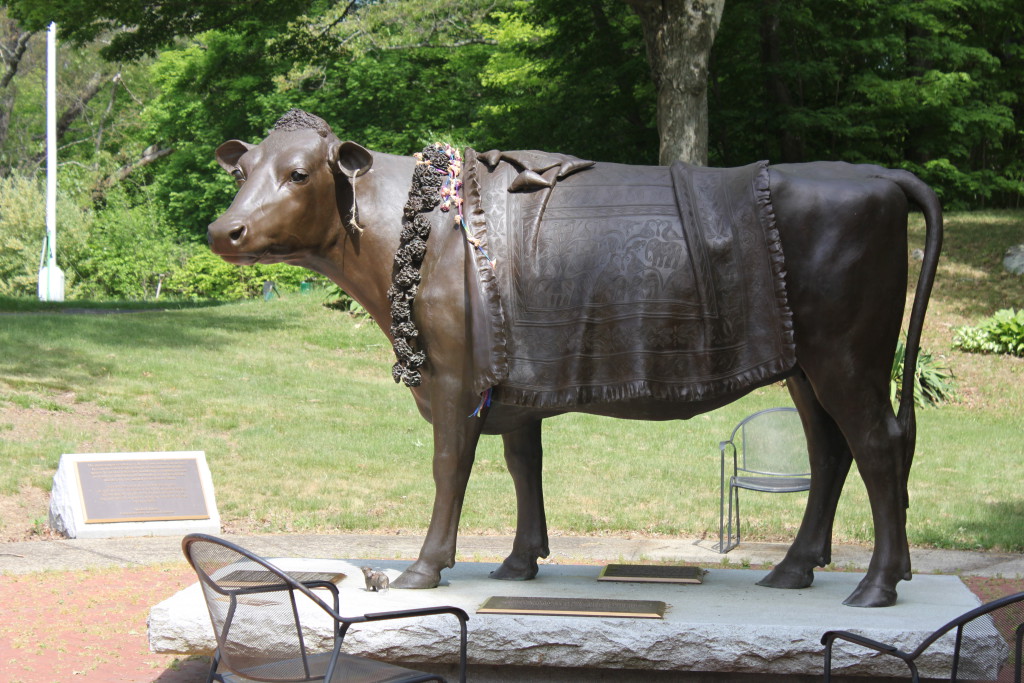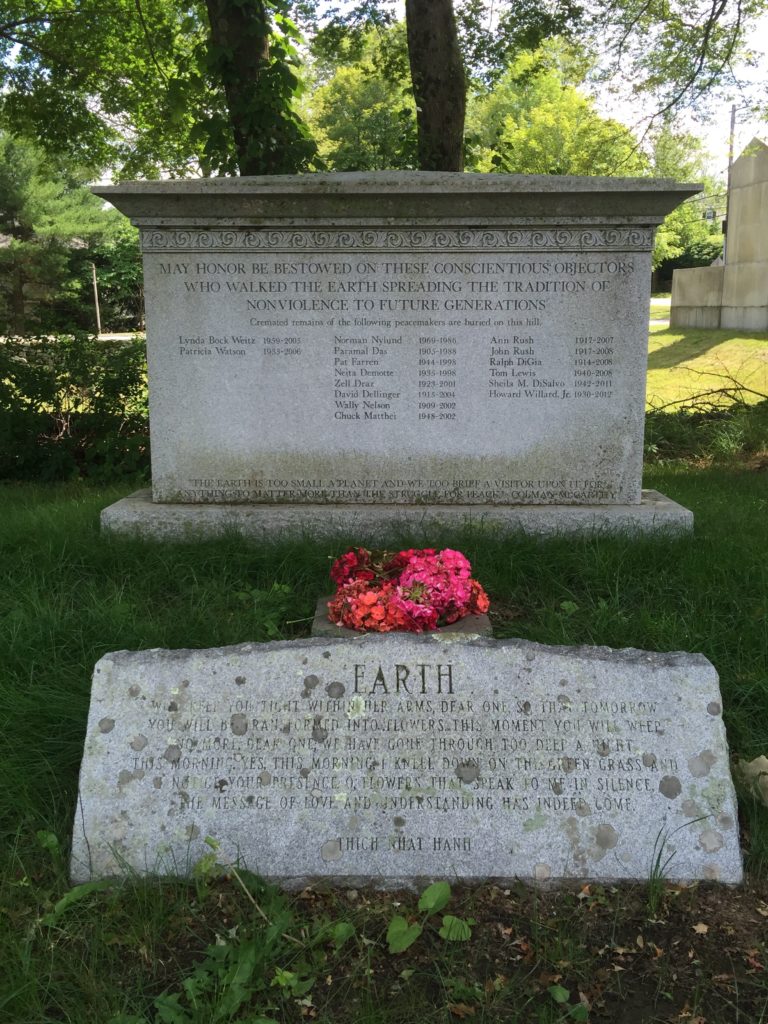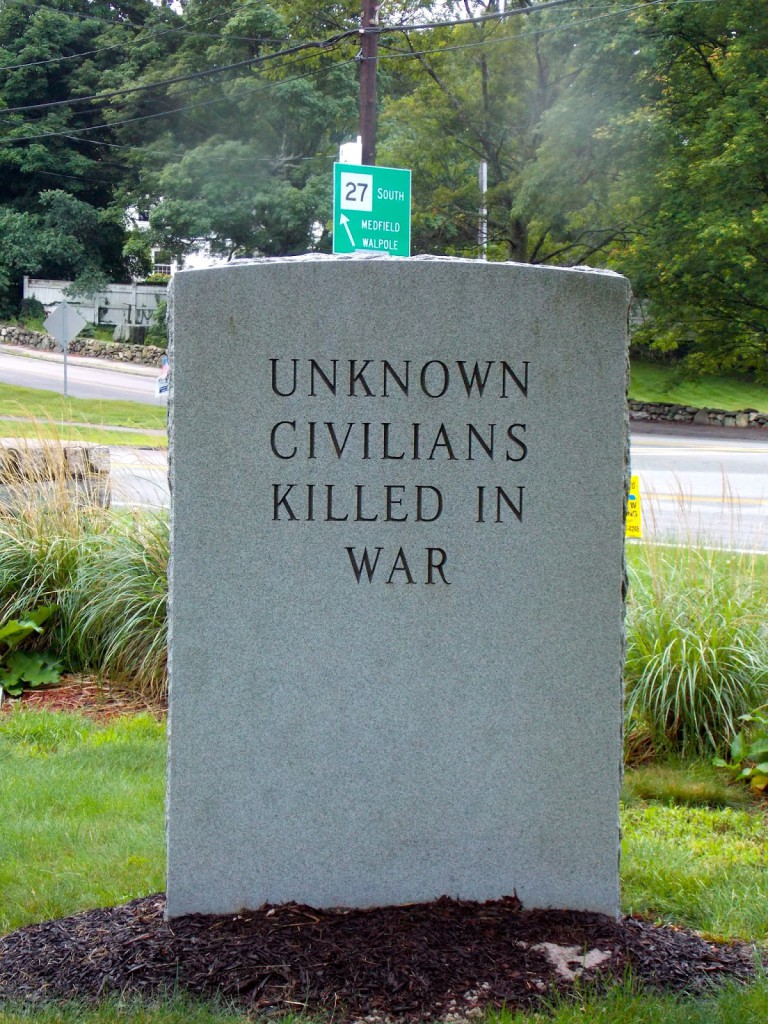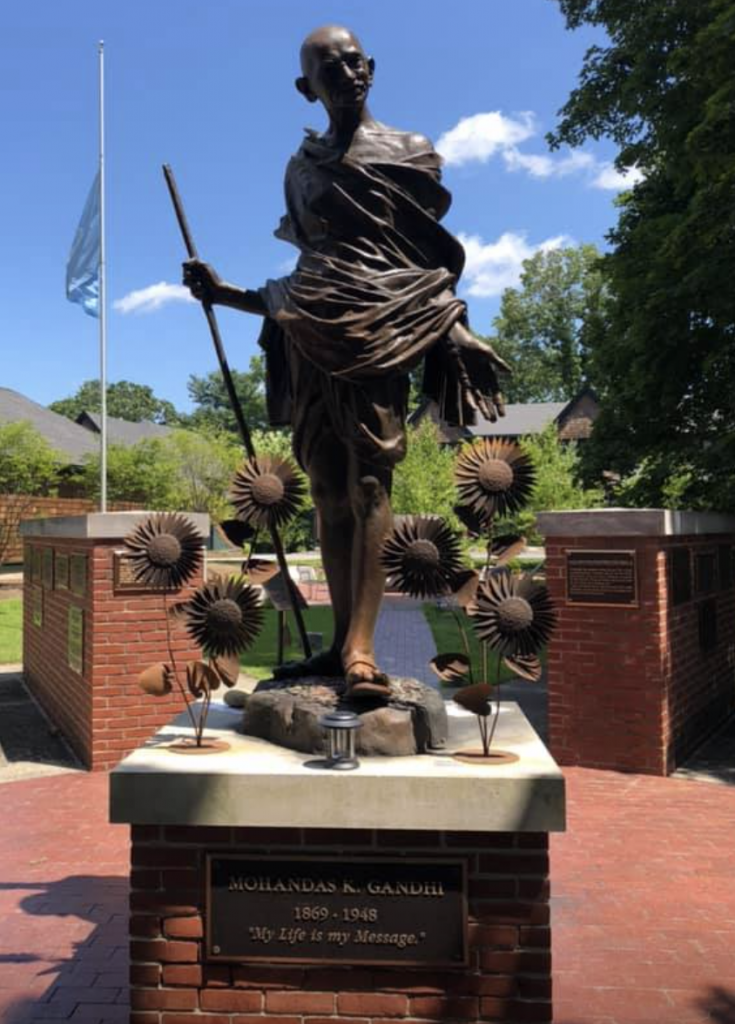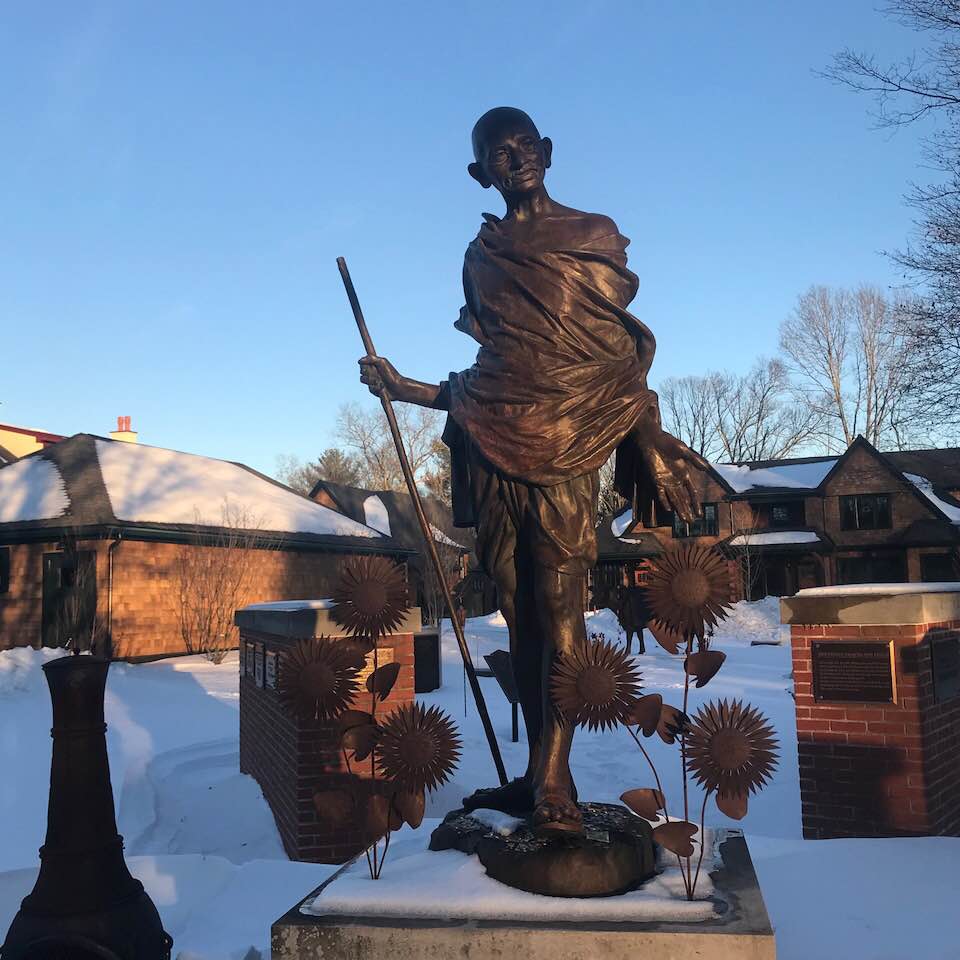 .FOUNDER’S VISION
.FOUNDER’S VISION
Lewis Randa’s lifelong commitment to pacifism and nonviolence was deeply shaped by the teachings of Mahatma Gandhi and the example of conscientious objection set by Muhammad Ali. Gandhi’s philosophy of nonviolent resistance—rooted in truth, compassion, and the transformation of society through peaceful means—became a cornerstone in Randa’s approach to activism and education. Gandhi’s belief that nonviolence is both a personal ethic and a collective strategy inspired Randa to found institutions like the Life Experience School and the Peace Abbey, where the mission was not only to protest war but to cultivate a “culture of peace” in everyday life. The Pacifist Memorial, which Randa established, features a nine-foot statue of Gandhi at its center, symbolizing Gandhi’s central role in shaping the Abbey’s vision and Randa’s own identity as a conscientious objector and peacemaker.
.
Muhammad Ali’s public refusal to be drafted during the Vietnam War—grounded in his religious and moral beliefs—served as a powerful, contemporary model of conscientious objection. Ali’s willingness to risk his career and freedom rather than compromise his convictions resonated deeply with Randa, who himself was discharged from the military as a conscientious objector during the same era. Ali’s Supreme Court victory affirmed the legitimacy of conscientious objection as an act of moral courage and civil disobedience, reinforcing for Randa that standing against war and violence is a form of “love, sanity, and being human”. These influences led Randa to:
•Embrace conscientious objection as a “blueprint for living your life,” not just as a protest but as a lifelong commitment to nonviolence in all forms.
•Create educational and memorial spaces that honor peacemakers—like Gandhi and Ali—who exemplified the courage to say no to violence.
•Encourage others, especially those with disabilities, to see themselves as instruments of peace, echoing Gandhi’s and Ali’s teachings about the power of individual conscience and moral action.
Gandhi’s teachings provided Randa with the philosophical foundation for nonviolent living, while Muhammad Ali’s example offered a contemporary, courageous model of conscientious objection—both profoundly shaping Randa’s activism, educational philosophy, and the mission of the Peace Abbey.
VISIT THE PEACE MEMORIAL PARK
IN SHERBORN, MA
(Park on Village Way, north side of the street nearest memorial.)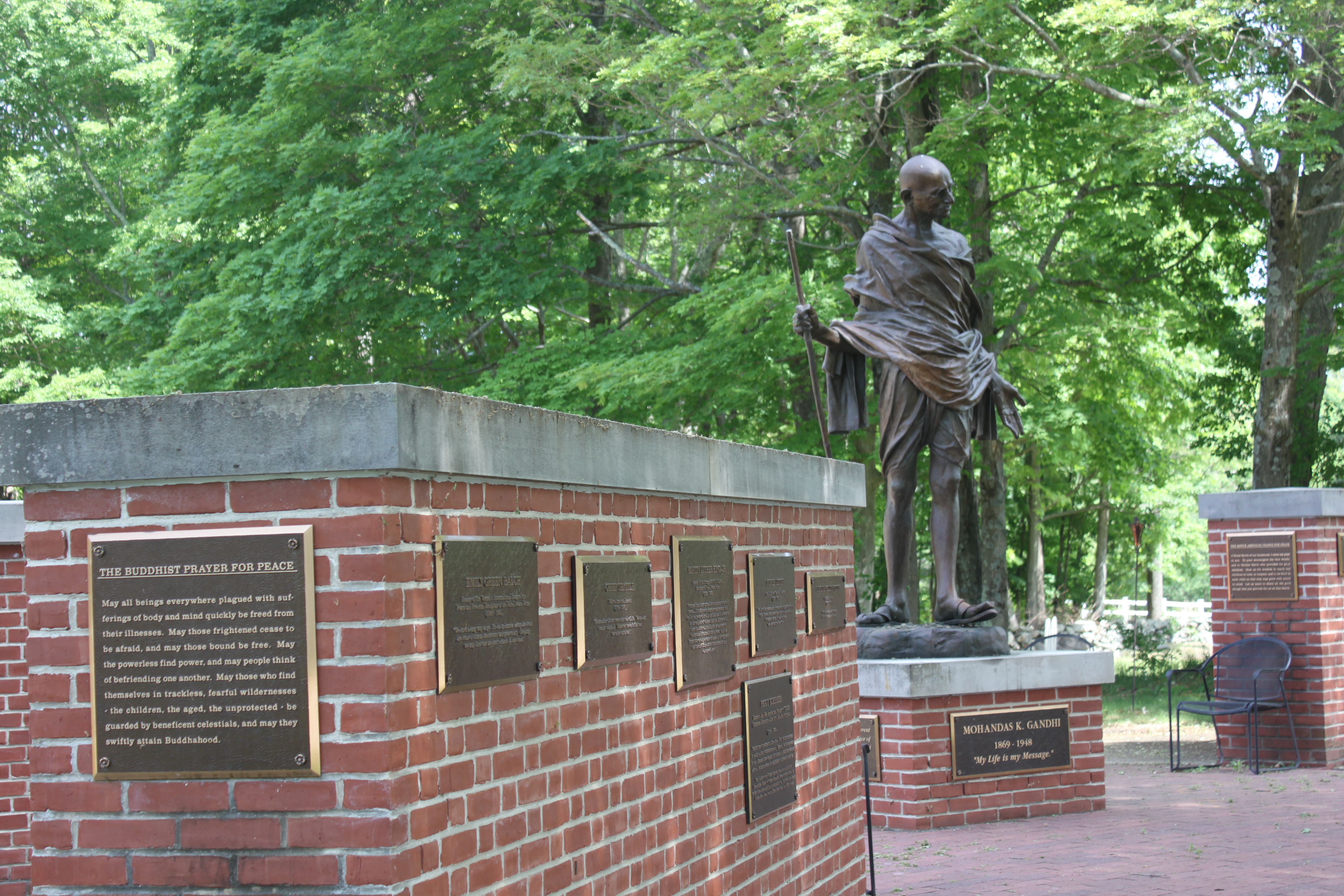
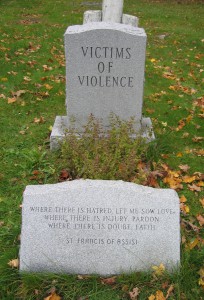 The Peace Memorials located at 2 North Main Street, Sherborn, MA are open to the public from sunrise to sunset daily. Parking is available on Village Way which is the side street adjacent to the Sherborn War Memorial.
The Peace Memorials located at 2 North Main Street, Sherborn, MA are open to the public from sunrise to sunset daily. Parking is available on Village Way which is the side street adjacent to the Sherborn War Memorial.
The Pacifist Memorial was created as a community service project by the students and staff of The Life Experience School in 1994 as a result of the inspiration of President Kennedy’s quote regarding conscientious objection. “War will exist until that distant day when the conscientious objector enjoys the same reputation and prestige that the warrior does today.”
Students and staff worked for over two years on the project and borrowed money against the equity of the Schoolhouse to create what has come to be known as America’s Memorial to Pacifism.
LOCATED ON THE GROUNDS OF PEACE MEMORIAL PARK:
– The Pacifist Memorial (Statue of Mahatma Gandhi and 60 + bronze plaques honoring significant pacifist throughout the world.)
– The Sacred Cow Animal Rights Memorial and bronze plaques with quotations from significant vegetarians in throughout history (Grave of Emily the Cow.)
– Memorial stone for Unknown Civilians Killed in War
– Memorial stone for Victims of Violence
– CO Cremation Cemetery and Granite Stone honoring Conscientious Objectors
